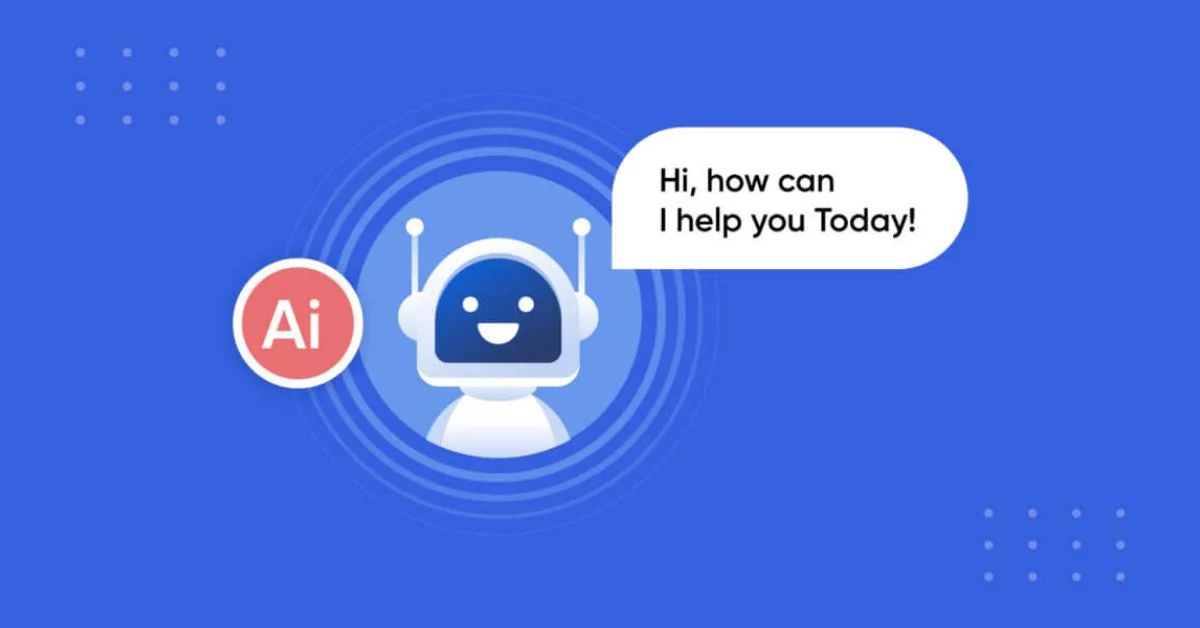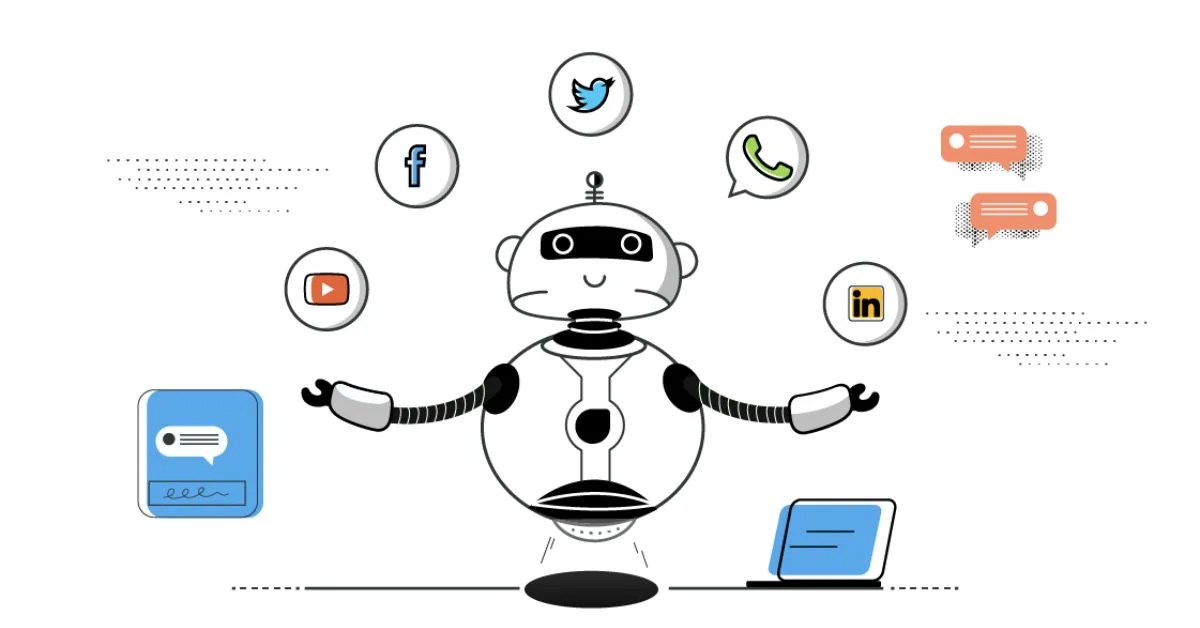We’ve come a long way from ELIZA, the 1960s chatbot that mimicked psychotherapist Carl Rogers. Today, chatbots have transcended their rudimentary beginnings to become sophisticated conversational partners, virtual assistants, and even educators. They power customer service interactions, personalize shopping experiences, and even entertain us with witty banter.
But what exactly are chatbots, and how are they shaping our world?
Beyond Scripting: Artificial Intelligence Takes the Wheel
Early chatbots relied on scripted responses, triggering pre-programmed dialogues based on keywords. While effective for simple tasks, they often felt robotic and frustratingly limited. The revolution came with the rise of artificial intelligence (AI), particularly natural language processing (NLP).
By leveraging NLP, chatbots can now analyze and understand the nuances of human language, including context, sentiment, and intent. This allows them to have more natural and engaging conversations, adapting their responses in real-time to create a personalized experience.

Beyond the Screen: Chatbots Go Multimodal
The frontiers of chatbot development extend beyond text-based interactions. We’re witnessing the rise of multimodal chatbots that understand and respond to visual cues, audio inputs, and even emotional expressions. Imagine a virtual shopping assistant who can analyze your body language and recommend clothes that flatter your figure, or a customer service chatbot that adapts its tone based on the customer’s voice and facial expressions. These multimodal capabilities pave the way for more immersive and empathetic interactions.
From Assistants to Companions: The Rise of Social Chatbots
While chatbots were initially designed for practical tasks, their potential as social companions is gaining traction. Loneliness and social isolation are growing concerns in our digitally connected world, and chatbots offer a unique solution. Conversational AI companions can provide companionship, emotional support, and even cognitive stimulation for the elderly or people with disabilities.
These social chatbots are not meant to replace human interaction, but rather to augment it, offering a safe space for conversation and connection.
The Ethical Landscape: Challenges and Considerations
The rapid advancements in chatbot technology are not without their challenges. Concerns regarding data privacy, bias, and potential job displacement require careful consideration. It’s crucial to ensure that chatbots are developed and deployed ethically, respecting user privacy and avoiding discriminatory practices.
Furthermore, collaboration between humans and AI is key to harnessing the power of chatbots for the greater good, leveraging human expertise to guide AI development and prevent potential pitfalls.
The Future of Chatbots: A Symbiotic Relationship with Humans
As AI continues to evolve, chatbots will become increasingly sophisticated, blurring the lines between machine and human interaction. We can expect them to play an even more significant role in our daily lives, from guiding us through complex tasks to providing emotional support and even companionship.
However, the future of chatbots lies not in replacing humans, but in forging a symbiotic relationship, where AI complements and enhances our capabilities, allowing us to focus on what truly matters: human connection, creativity, and empathy.

Emerging applications:
- Education: Personalized learning experiences, language tutoring, AI-powered teaching assistants.
- Healthcare: Mental health support, virtual therapists, medication adherence reminders, post-operative care guidance.
- Creative domains: Music composition, story writing, collaborative art projects with AI.
- Accessibility: Tools for people with disabilities, voice-controlled interfaces, alternative communication channels.
Challenges and opportunities:
- Job displacement: How can human skills be adapted to work alongside AI in the future workforce?
- Explainability and trust: Building transparency in AI decision-making to foster trust and user acceptance.
- Bias and discrimination: Identifying and mitigating bias in chatbot algorithms to ensure fairness and inclusivity.
- The future of work: How can humans and AI collaborate effectively to drive innovation and productivity?
Interesting anecdotes and examples:
- The chatbot that helped a grieving daughter cope with her mother’s death.
- The AI assistant that revolutionized customer service for a major airline.
- The educational chatbot that personalized learning for students in rural communities.
- The creative project where humans and AI collaborated to compose a symphony.
Quotes from experts and researchers:
- “Chatbots are not just machines anymore; they are becoming partners in our lives.” – Professor X, leading AI researcher.
- “The future of chatbots is not about replacing humans, but about augmenting our capabilities.” – Y, CEO of a successful chatbot company.
- “We need to ensure that AI is developed and used ethically, with respect for human values and rights.” – Z, founder of an AI ethics organization.
Final Thoughts
I hope this gives you a good starting point for writing a comprehensive and thought-provoking article on chatbots. Remember, the most important thing is to present a balanced perspective on this exciting and rapidly evolving field.
